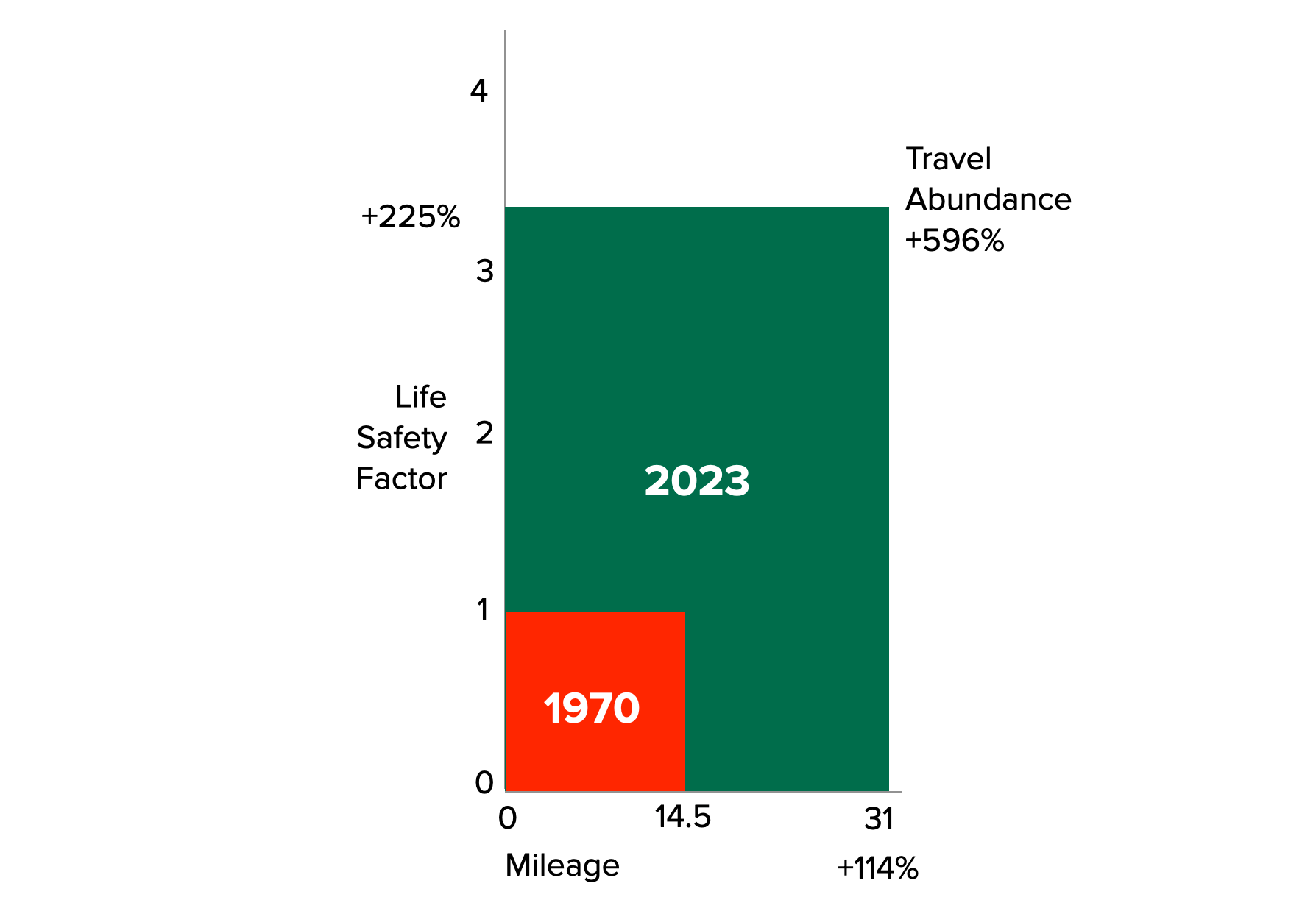After shattering box office records last weekend, Avengers: Infinity War is the biggest film in Hollywood. The movie pits a team of superheroes against a god-like supervillain named Thanos. Thanos’ master plan? Kill half the universe out of fears of too many people and too few resources. That might sound like the sort of insane plan that could only come from a truly evil comic book supervillain. But it’s not too far off from the worries of real-world environmentalists who have spread misguided fears about the dangers of overpopulation.
Avengers: Infinity War is the culmination of 18 previous movies and 10 years of work by Marvel Studios. The film revolves around dozens of heroes joining forces to prevent Thanos, the MCU’s ultimate antagonist, from collecting all six of the “infinity stones.” If Thanos gains possession of these stones, he can achieve his ultimate goal: destruction of “half of all life in the universe.”
Thanos believes that there are finite resources in the universe—an appropriately illiterate idea, considering that the universe is infinite. Thus, if population growth is left unchecked, rising demand for resources will inevitably bring ruin to everyone. Halving the population of the universe is, in Thanos’ mind, “not suffering, but salvation,” for it is intended to avoid famine and poverty. The premise is misguided, but it’s striking how many people here on Earth share it.
Thanos’ concerns are identical to those of Stanford professor Paul Ehrlich, whose influential 1968 bestseller The Population Bomb predicted that rapid population growth would result in demand on Earth’s finite resources outstripping supply, resulting in the breakdown of society. To this day Ehrlich continues to make doomsday predictions, and to this day reality continues to prove him wrong.
Just last month, Ehrlich stated that the “collapse of civilisation is a near certainty within decades.” In a 1979 interview, Ehrlich predicted that ‘sometime in the next 15 years, the end will come—and by ‘the end,’ I mean an utter breakdown of the capacity of the planet to support humanity.” Most amusing, as I sit writing this article in a small café in central London, is his 1969 claim that he “would take even money that England would not exist in the year 2000.”
Less amusing are the horrific real-life policies that have been implemented because of Ehrlich’s doomsaying. To be sure, no policy has yet been on par with Thanos’ plan to directly kill half of the population, but as Chelsea Follett has noted, “Ehrlich’s jeremiad led to human rights abuses around the world, including millions of forced sterilizations in Mexico, Bolivia, Peru, Indonesia, Bangladesh and India—as well as China’s draconian ‘one child’ policy. In 1975, officials sterilized 8 million men and women in India alone…To put that in perspective, Hitler’s Germany forcibly sterilized 300,000 to 400,000 people.”
Since Ehrlich wrote The Population Bomb in 1968, the world’s population has more than doubled, from 3.5 billion to 7.5 billion. Since 1968, famines have all but disappeared outside of war zones, and daily per capita calorie consumption has increased by more than 30 percent. In Asia, the region that consumed the fewest calories and had the fastest-growing population in 1968, caloric intake has increased by 40 percent, faster than the global average. Since 1990, the overall number of hungry people in the world has decreased by 216 million, despite the fact that the population grew by more than 1.9 billion.
Some may argue that these happy trends do not address Thanos’ and Ehrlich’s main argument: Progress must come to a halt eventually, for we will eventually run out of resources. Missing from the conversation about resource depletion is one crucial consideration: human ingenuity.
University of Maryland economist Julian Simon noted in his 1981 book that the human brain is the “ultimate resource.” Humans can innovate themselves out of scarcity by becoming more efficient, increasing supply, and developing substitutes.
New technologies and improved farming methods have led humanity to use less land, while producing more food, which is then sold at a cheaper price. In 2013, the world used 26 million fewer hectares of farmland than it did at the turn of the millennium. To take cereals as an example: A hectare today produces on average 118 percent more yield than it would have 50 years ago. If all farmers could reach the productivity of an average U.S. farmer, the world could return a land mass the size of India back to nature.
As for the finite resource that our modern world depends upon, consider fossil fuels. Thanks to improved detection and drilling technology, there are now far more oil and gas reserves than ever before. Since 1980, proven oil reserves have increased by over 151 percent; for gas this figure was 163 percent. To put these data into perspective, in 2015 we used 34 billion barrels of crude oil, while we discovered another 53.2 billion barrels each year between 2010 and 2015.
We’re solving the problems of hunger, poverty, illiteracy, disease, infant mortality, food production and much more at an unprecedented rate. And instead of becoming more scarce, natural resources are actually declining in price.
When you’re watching Avengers: Infinity War this week, enjoy what is expected to be the biggest film of all time. But remember: The legitimacy of Thanos’ overpopulation fears are just as fictional as the character himself. Humanity continues to prosper.
This first appeared in Reason.





